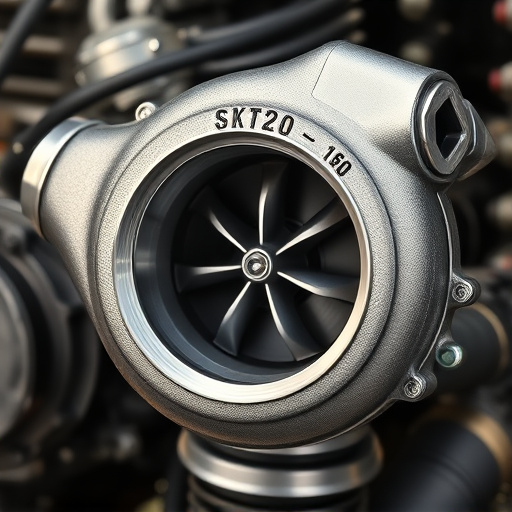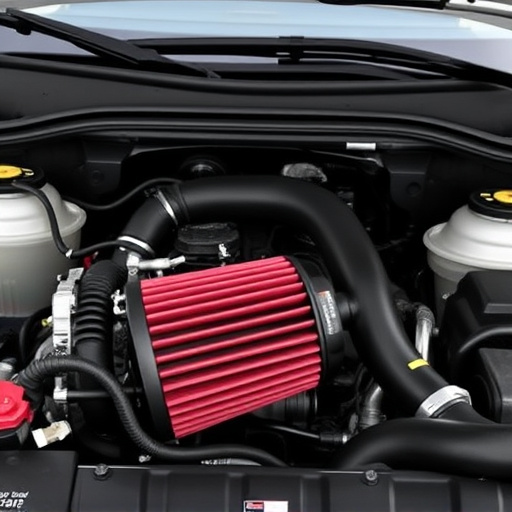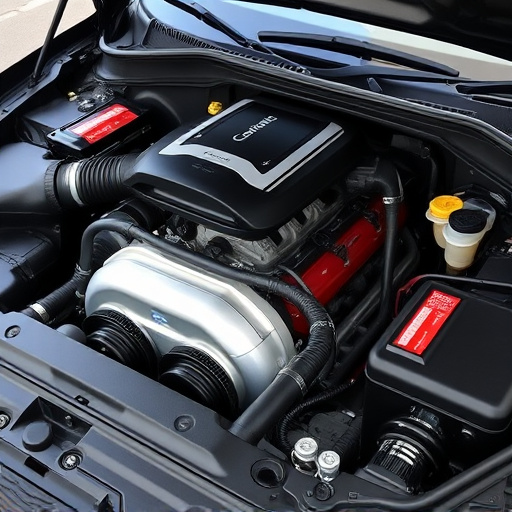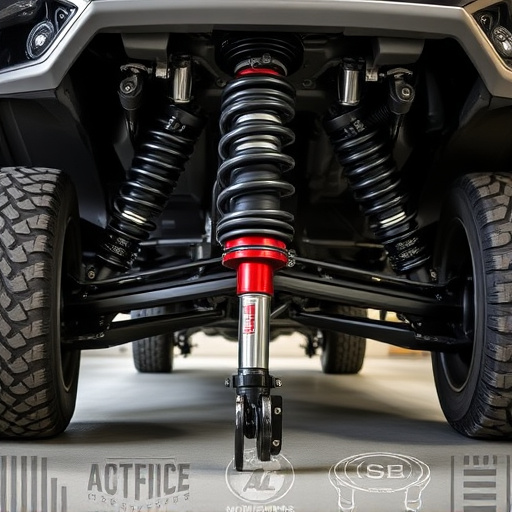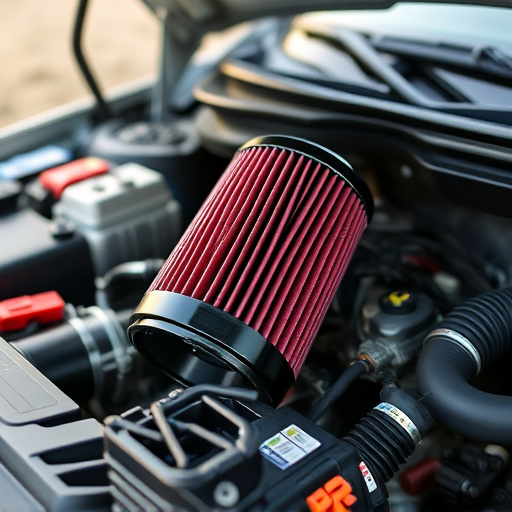Brake performance kits' lifespans vary based on driving habits, environmental conditions, and component quality. High-quality pads and rotors typically last 30,000–50,000 miles and 20,000–40,000 miles respectively, but harsh conditions or heavy braking may require earlier replacements. Regular maintenance, inspections, and vehicle age are key factors in determining replacement frequency, which can range from every 30,000 to 60,000 miles or after 2-4 years. Signs like noise during braking indicate the need for a replacement.
How often should you replace your brake performance kit? This comprehensive guide aims to shed light on the optimal replacement frequency for these crucial automotive components. Understanding the lifespan of brake performance kits and the factors influencing their degradation is essential for maintaining safe driving conditions. We’ll explore various elements at play, offering a detailed roadmap to help drivers know when it’s time to swap out their brake kits for top-notch braking power and peace of mind.
- Understanding Brake Performance Kits and Their Lifespan
- Factors Affecting Replacement Frequency
- When to Replace Your Brake Kit: A Comprehensive Guide
Understanding Brake Performance Kits and Their Lifespan
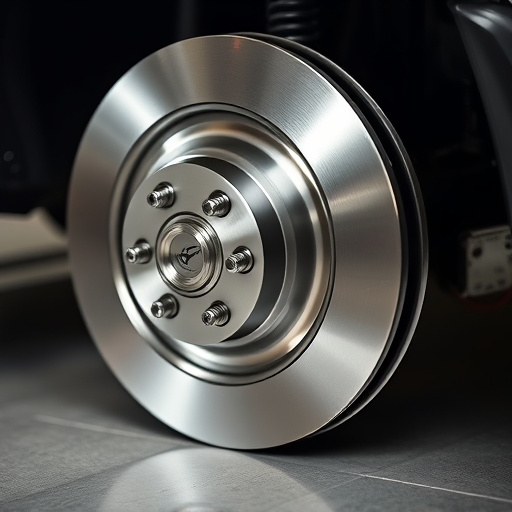
Brake performance kits are designed to enhance the braking power and overall vehicle performance. These kits typically include upgraded components such as high-performance brake pads, rotors, and sometimes even new calipers. Understanding the lifespan of these kits is crucial for maintaining optimal vehicle safety and efficiency.
The lifespan of a brake performance kit varies based on several factors, including driving habits, environmental conditions, and the quality of the components. On average, high-quality performance air filters can last around 30,000 to 50,000 miles. Brake rotors, being more durable, may last between 20,000 to 40,000 miles. However, in harsh driving conditions or with frequent heavy braking, these figures might need to be adjusted accordingly. Regular maintenance and inspections can help extend the life of these components, ensuring your vehicle maintains peak performance throughout.
Factors Affecting Replacement Frequency
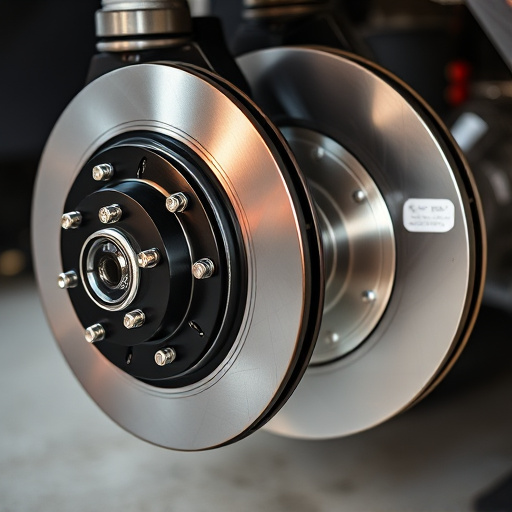
Several factors determine how often you should replace your brake performance kit. One of the primary considerations is the driving style and frequency of use. High-performance drivers or those who frequently tackle challenging terrain will wear out their brake components faster than casual drivers. Extreme driving conditions, such as frequent braking at high speeds or navigating through rugged areas, put additional strain on the brakes, leading to quicker degradation.
Another critical factor is the quality and condition of your brake pads and coils (if equipped with coilover kits). High-performance brake pads designed for improved stopping power and durability may last longer than standard pads. Regular maintenance checks can also extend their lifespan. Coils in coilover kits that are subjected to constant adjustment and stress might require replacement sooner, especially if they show signs of corrosion or damage, affecting overall brake performance.
When to Replace Your Brake Kit: A Comprehensive Guide
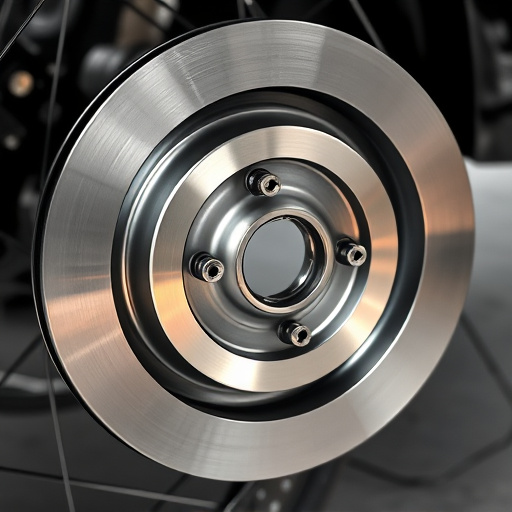
The decision to replace your brake performance kit depends on several factors. While regular maintenance is crucial for safety, understanding when a complete replacement is necessary ensures optimal braking efficiency and prevents unexpected failures. Regularly inspect your brake components for signs of wear, corrosion, or damage. Over time, suspension components, including brakes, experience natural degradation due to constant use and varying road conditions. If you notice squealing or grinding noises during braking, it could indicate worn-out pads or rotors, signaling the need for a kit replacement.
Additionally, consider the age of your vehicle and its mileage. As vehicles age, brake components can weaken, compromising their effectiveness. Even if there are no visible issues, many experts recommend replacing the brake performance kit every 30,000 to 60,000 miles or at least once every 2-4 years, depending on usage and driving conditions. Regularly maintaining your air intake systems and other critical components can also support the longevity of your brake performance kit.
Regularly replacing your brake performance kit is crucial for maintaining optimal vehicle safety. While the lifespan varies based on usage and environmental factors, a general guideline is to consider replacement every 30,000 to 60,000 miles or at least once a year. By staying vigilant and heeding these signs, you can ensure your brakes remain effective, preventing accidents and enhancing your driving experience. Remember, the safety of you and your passengers depends on well-maintained brakes, so don’t skip out on regular checks and timely replacements for your brake performance kit.





